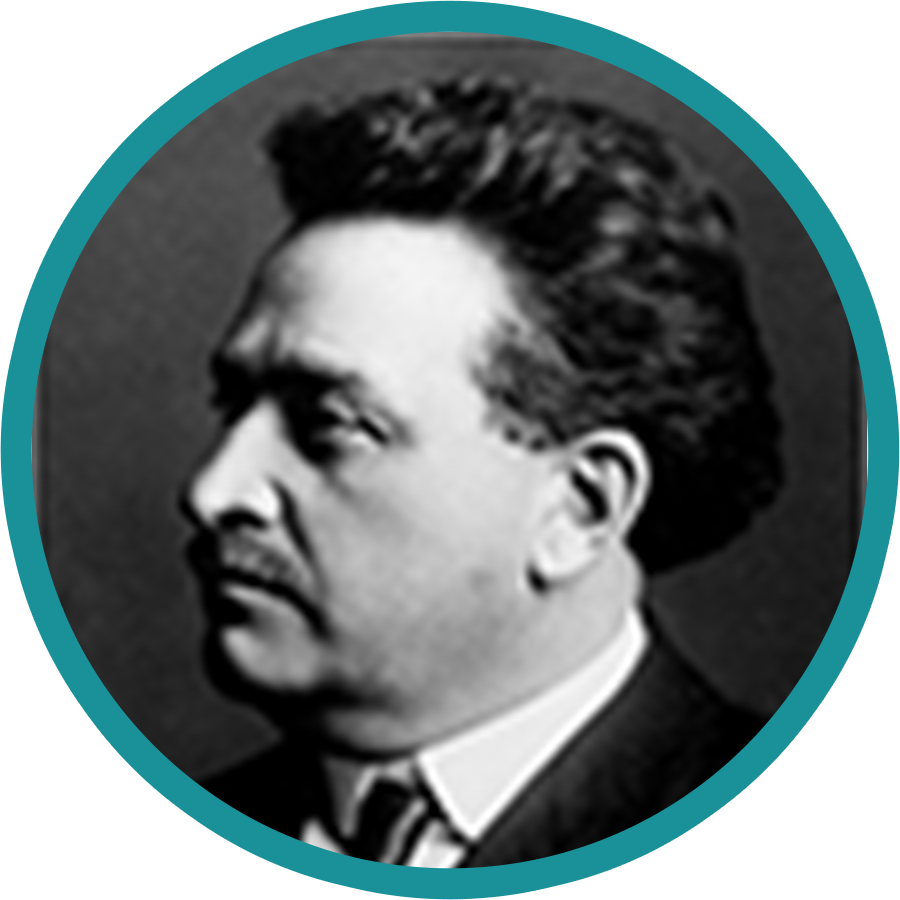Treating one child at a time
It starts with a child
It was a chilly October morning in 1897 when Dr. Arthur Gillette met 10-year-old Royal Gray and his parents. The Grays traveled south more than 65 miles from Pine City, Minnesota to St. Paul to find answers to help their son.
Royal Gray had Pott’s Disease from drinking the milk of a tuberculosis-infected cow. His parents desperately spent what little money they had looking for answers. Finally, they found Dr. Gillette, one of the first orthopedic surgeons in Minnesota. Dr. Gillette assured the Grays that their son would receive the best medical care.
Royal Gray spent 536 days in the hospital along the shores of St. Paul’s Lake Phalen. When he was released, he headed back to Pine City and went on to live a full life.
In 1920, Royal Gray wrote a letter to Dr. Gillette to tell him that, thanks to the medical care he received, he continued his schooling, became a rural mail carrier in Pine City and eventually started his own taxi business in Virginia, Minnesota. Gray also married and had two children.
This was the kind of life Dr. Gillette wanted for all his patients.

The first hospital in the United States for children who have disabilities
The meeting between Dr. Gillette and the Gray family sparked a movement and a partnership. Dr. Gillette began giving speeches to build support for funding the first hospital in the United States to care for children who have disabilities. Carleton College student Jessie Haskins, who had a severe curvature of the spine, was moved by this idea and joined Dr. Gillette.
The two made a powerful team. After much negotiating, planning and eventual funding from the Minnesota Legislature, the new St. Paul hospital became a reality in 1910.
Children staying at the hospital were encouraged to get outside as often as they could. In its early days, the hospital also had a pet monkey, several parrots and an on-site schoolteacher. This holistic approach remains a key principle at Gillette Children’s today. Children are not cooped up in hospital rooms but instead are encouraged to socialize, interact with the community and just be children.
In his 1914 annual report Dr. Gillette wrote, “The State of Minnesota has reason to be proud of the 60-bed hospital now erected at Phalen Park, and almost complete.”
Today, at Gillette Children’s, the focus is on research and innovation, advocating for people who have disabilities, leading clinical expertise, and helping children discover their own courage and potential. Gillette wants families around the world to know they are not alone and that they have a team of partners, from diagnosis, to treatment, to the future.

A father’s hope for his daughter
Hope Youngquist’s dad recognized how special she was the moment she was born. He also knew that because, like him, Hope was born with multiple Pterygium syndrome, she’d likely experience many of the same challenges.
“I saw a beautiful baby who happens to share my same medical condition,” Kevin Youngquist recalls. “All my life's experiences up to that point—navigating physical differences, overcoming labels and stereotypes, or working to be a proactive part of the greater good—I knew she would cross those same hurdles and build those same bridges in her own way. It was a very humbling experience.”
Hope and her dad have something else in common, too. They are both Gillette Children’s patients. Kevin received care at Gillette throughout his childhood and teenage years before moving west to attend college in Idaho. He and MariAnne moved back to Minnesota before starting their family, and Hope became a patient before her first birthday.
Pioneering new possibilities
Gillette Children's has tackled some of the biggest challenges in pediatric health care for 125 years, from the tuberculosis outbreak of the late 1800s to polio in the 1950s to a range of conditions today.
In fact, it performs more surgical procedures for children with complex brain, bone, and movement conditions than all other Minnesota hospitals combined.





